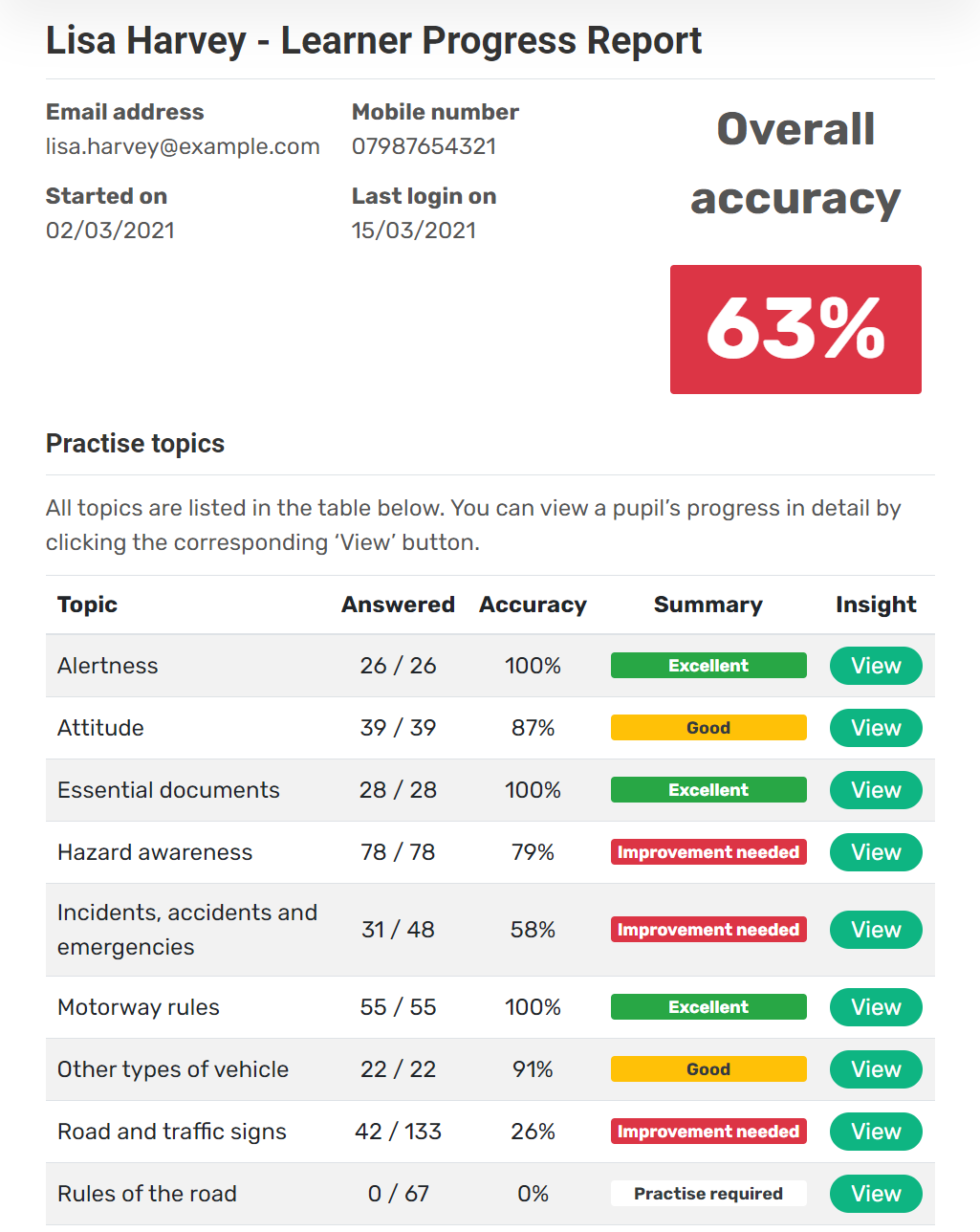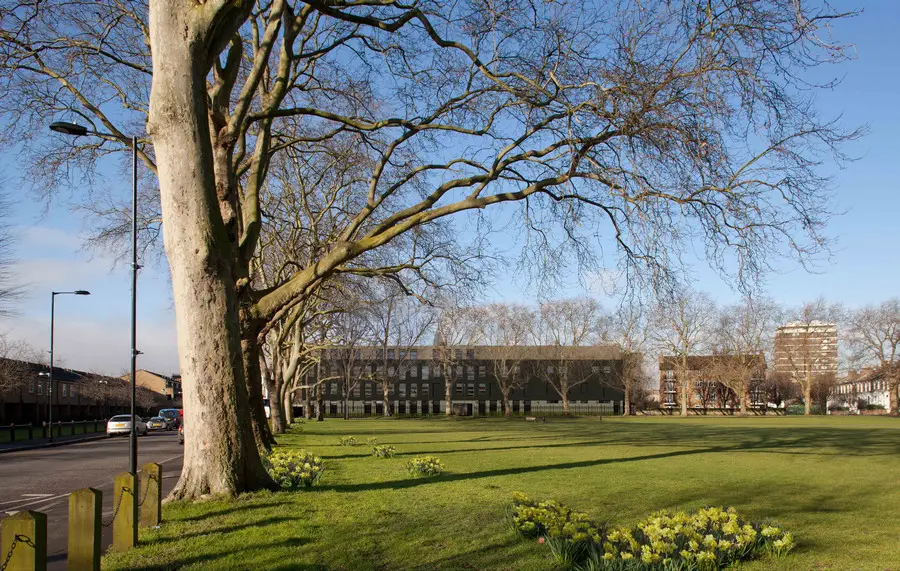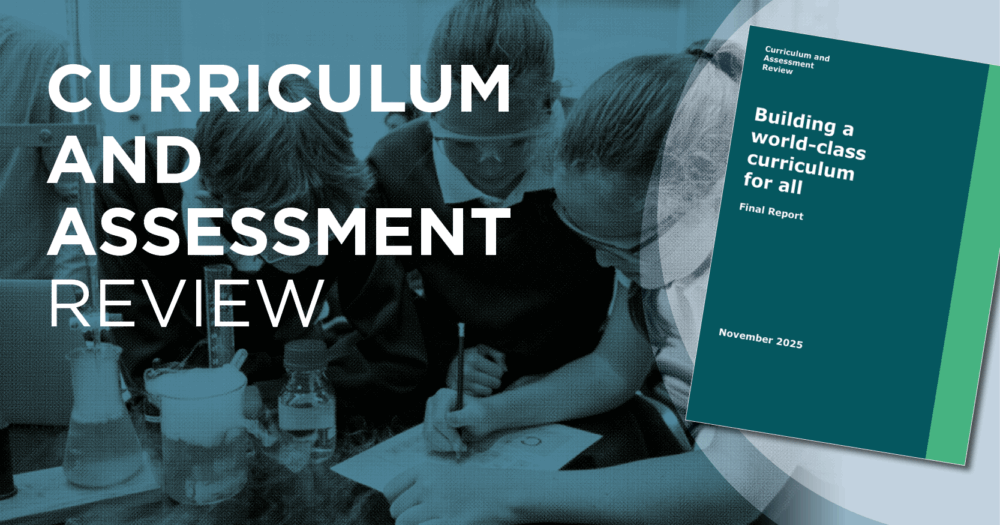
Introduction to DVSA Theory Test BSL Accessibility
The Driver and Vehicle Standards Agency (DVSA) has recognised the importance of making its services more inclusive, particularly for individuals who are deaf or hard of hearing. Accessibility in the DVSA theory test is vital as it ensures that all aspiring drivers have the opportunity to engage with and successfully pass the assessment required to obtain a driving licence. With the evolution of society towards inclusivity, BSL (British Sign Language) accessibility in the theory test not only enhances communication but also helps in promoting equal opportunities.
Recent Developments in BSL Accessibility
In recent months, the DVSA has taken significant initiatives to make the theory test more accessible to BSL users. As of September 2023, the DVSA has introduced video resources with BSL interpretation for the theory test materials. This step aims to bridge the communication gap and ensure that candidates who use BSL can fully understand the questions and instructions presented during the test. These resources are available on the official DVSA website and have received positive feedback for their clarity and effectiveness.
Moreover, the DVSA is collaborating with various organisations, including deaf charities, to continuously assess and improve their accessibility standards. They are gathering feedback from BSL users who have recently taken the theory test, which will aid in refining the resources provided further.
The Importance of BSL Accessibility in Driving Tests
Making the DVSA theory test accessible via BSL is not just a regulatory requirement; it is a matter of equity and fairness. Individuals who are deaf or hard of hearing may face significant challenges in grasping written instructions or audio instructions during the test. By offering support through BSL, the DVSA addresses potential barriers, giving a fair chance to all candidates regardless of their communication preferences.
Improving accessibility isn’t solely beneficial for candidates but also serves to broaden the pool of qualified drivers on the roads. An inclusive approach fosters a sense of community and belonging, ensuring safer driving conditions for everyone.
Conclusion and Future Outlook
The DVSA’s continued efforts in enhancing BSL accessibility reflect an essential shift towards inclusivity in public services. As feedback continues to shape future developments, it is expected that even more resources and support mechanisms will be rolled out, thus ensuring that the DVSA remains responsive to the diverse needs of the community.
Ultimately, the push for BSL accessibility in the DVSA theory test not only meets the immediate needs of candidates but also sets a precedent for other sectors to follow suit. By championing accessibility, we can work towards a society where everyone is given an equal chance, benefitting both individuals and communities at large.
You may also like

An Insight into Mossbourne Victoria Park Academy

Understanding the Importance of Newsround in Children’s Media
